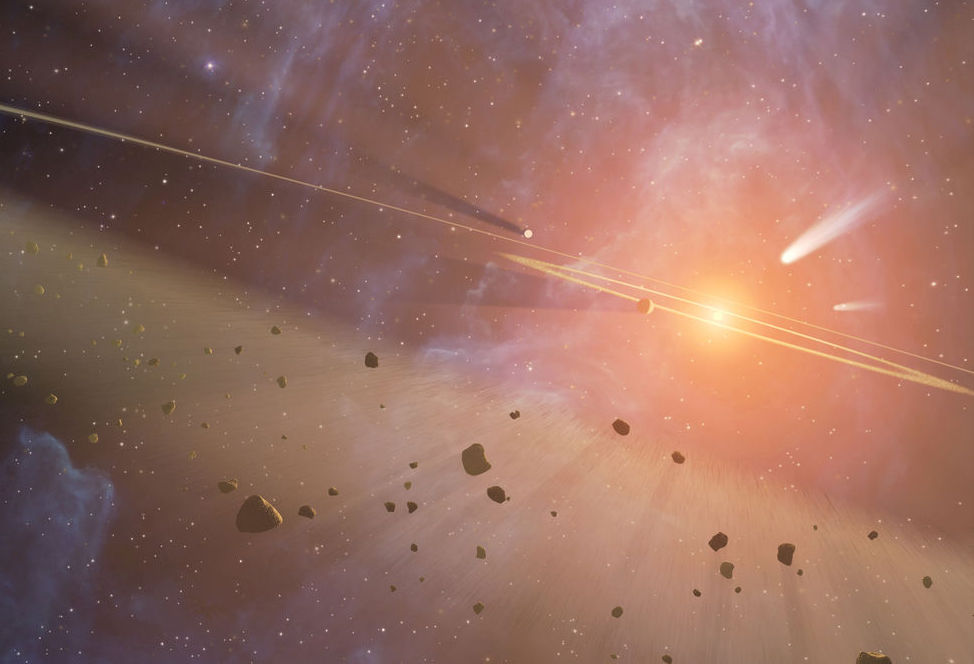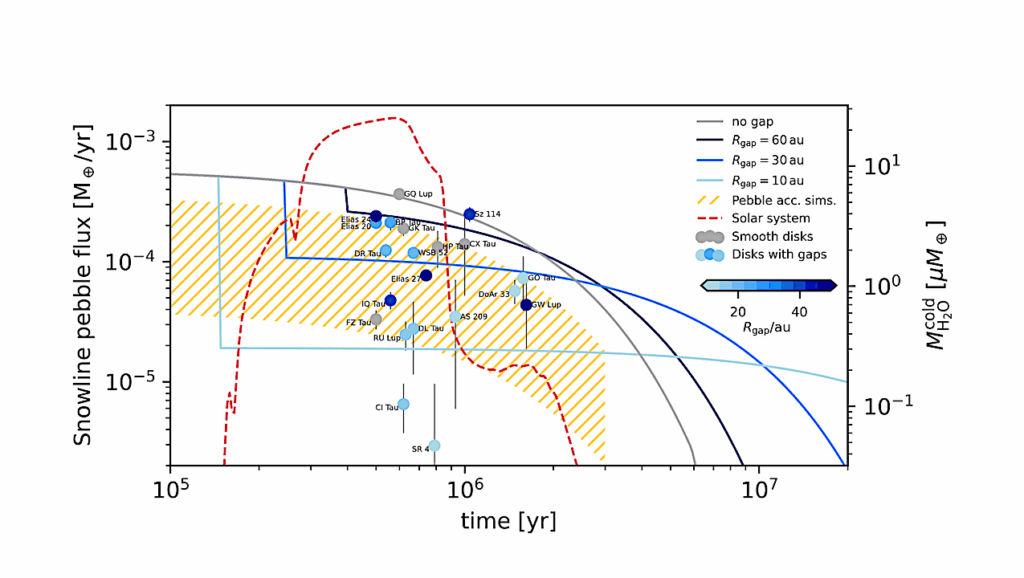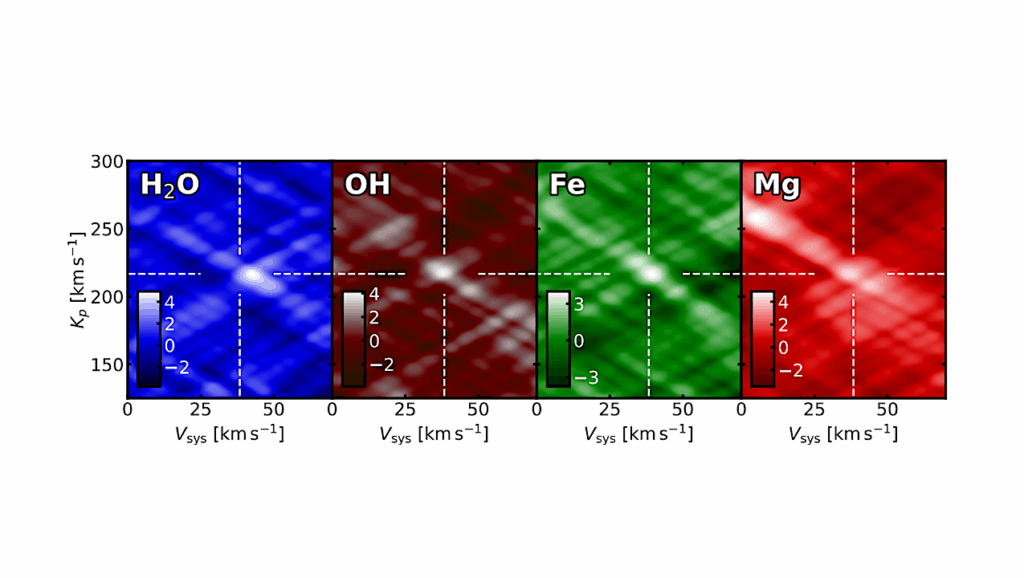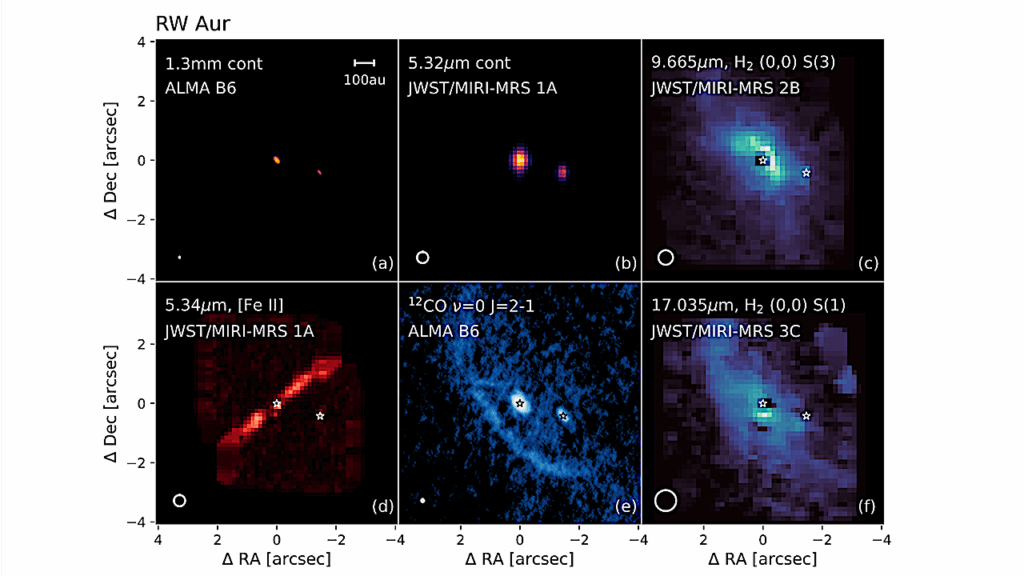Two Studies Of Volatile Elements Discovered In Meteorites Constrain The Assembly Of Earth

In two separate studies, researchers identify nucleosynthetic isotope anomalies in the volatile elements potassium (K) and zinc (Zn) in meteorites, which constrain the origins of the material that formed Earth.
According to both studies, roughly 90% of Earth’s mass was contributed by non-carbonaceous (NC) material from the inner Solar System and about 10% by carbonaceous chondrite (CC) material from the outer Solar System. The CC reservoir provided Earth with about 20% of its K and half of its Zn. Together, the studies indicate that volatile elements were not evenly distributed in the hot solar nebula that formed the Solar System.
Nucleosynthetic anomalies are small differences in the isotope ratios of chemical elements, produced when those elements formed. During the formation of the Solar System, elements carrying these nucleosynthetic anomalies condensed from the gas phase to form solid dust, which was then incorporated into meteorites and the terrestrial planets, including Earth.
Different nucleosynthetic anomalies were inherited by material in different parts of the early Solar System. The origin of the material that formed Earth can be constrained by measuring the nucleosynthetic anomalies of meteorites. However, the nucleosynthetic anomalies of volatile elements – those that condense at low temperature – have been difficult to measure, so their origin was poorly constrained.
Nicole Nie, Da Wang, and colleagues measured three K isotopes (39K, 40K and 41K) in 32 meteorites. The researchers found nucleosynthetic anomalies in the isotope 40K, which were larger and more variable in CC meteorites than in NC meteorites. According to the findings, the 40K nucleosynthesis anomaly ratio of Earth rocks closely matches that of NCs, suggesting that most of Earth’s K was delivered by NCs and less than 20% by CCs.
In another study, Rayssa Martins, Sven Kuthning, and colleagues focused on another volatile element, Zn. The authors analyzed the five stable isotopes of Zn in 18 meteorites. They identified nucleosynthetic anomalies in zinc isotopes that differ between the CC and NC meteorites. When compared to the isotopic signature of Earth’s Zn, Martins, Kuthning, et al.’s findings suggest a mixed source of the element.
The authors calculate that about 10% of Earth’s total mass was derived from CC meteorites, including 50% of its Zn. The findings indicate that CC material from the outer Solar System could have substantially to contributed Earth’s other volatile elements.
“Our studies complement and confirm each other’s results in multiple ways,” writes Nie in an accompanying questionnaire by both research groups, discussing the findings of both studies and their implications. “Among moderately volatile elements, K is the least volatile while Zn is one of the most volatile elements, our studies thus predict that a wide range of volatile elements should have preserved nucleosynthetic anomalies.”
Meteorites have inherited nucleosynthetic anomalies of potassium-40 produced in supernovae, Science
Astrobiology








